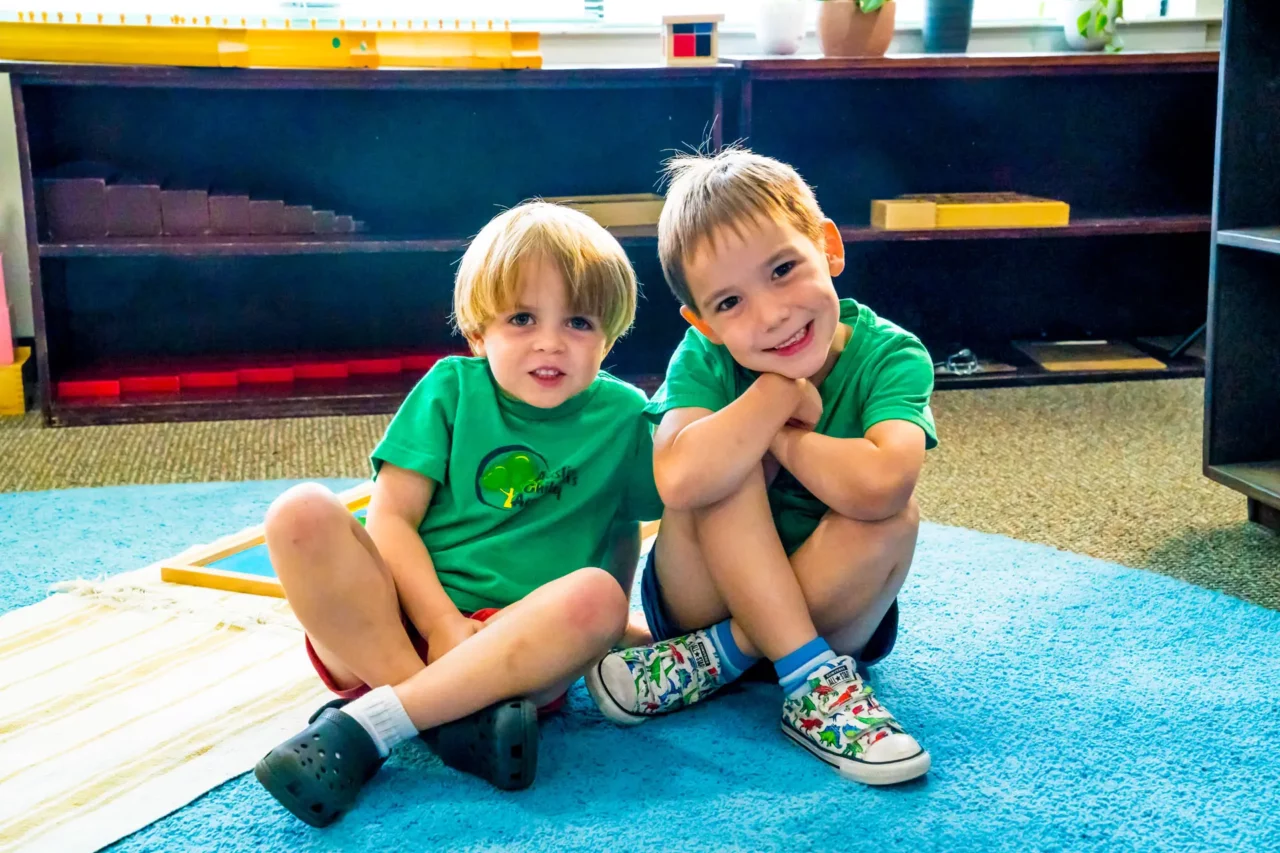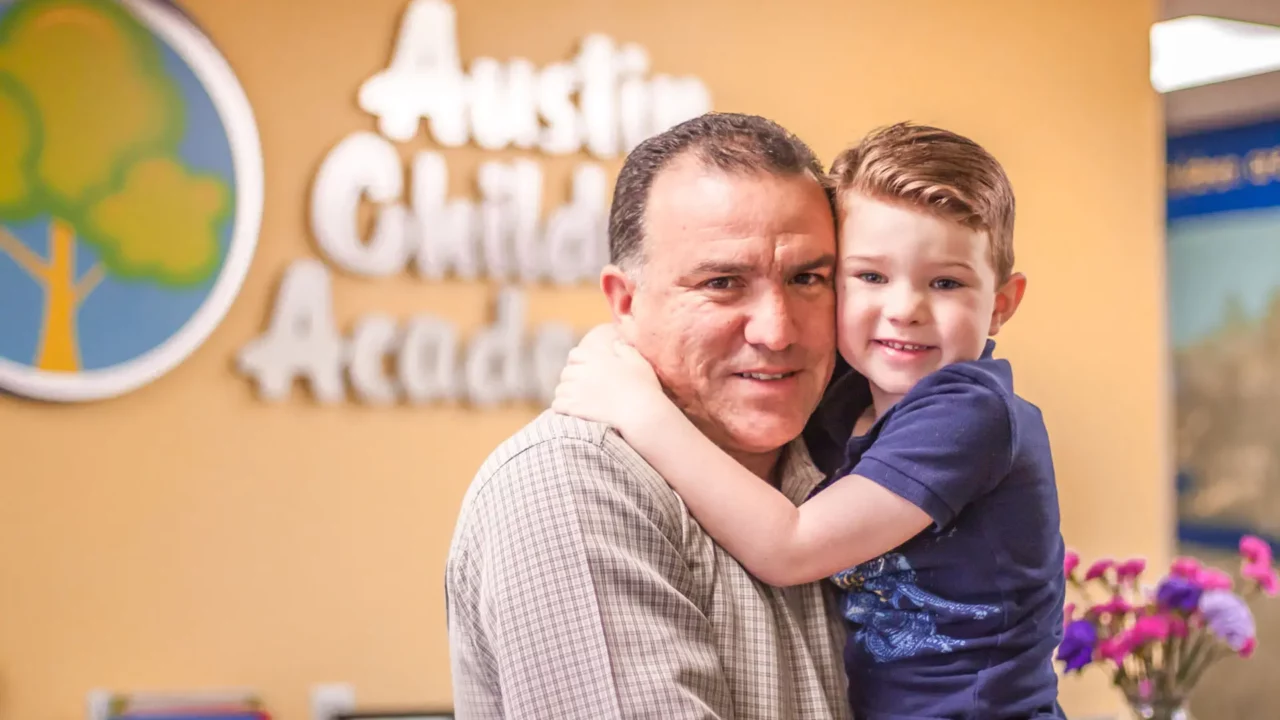
When your children are kicking, biting, and pulling each other’s hair over ownership of a plastic toy, it’s hard to imagine that they’ll ever learn to share. But sharing, like so many other valuable skills, can be taught. Check out these three ways to teach your children how to share with grace and gratefulness.
Age Matters
Up until their third birthday, most children are still grasping the concepts of individuality and separateness. With these new discoveries comes an often-stubborn insistence on marking the new boundaries of their world. Toddlers who scream “mine!” and fight over toys are enforcing strong attachments to physical objects they value. Most children can’t fully grasp the concept of sharing until they’re approaching the preschool years.
That doesn’t mean that you should accept unacceptable behavior, but it does mean you have to be a little more creative about introducing the concept. Consider these ways to lay the groundwork for later understanding:
- Cut up a piece of fruit and share it with your child by divvying up the pieces evenly.
- Play games where you pass items back and forth saying “My time to play!” then “Your time to play!” in short intervals.
- Introduce the use of a timer, so one child can play with the toy until the bell goes off, and then the other child has a turn.
- Allow them to keep close certain precious toys like loveys, blankets, etc., to which their attachment is strong. You wouldn’t share your diamond earrings, would you?
Model The Subtleties Of Sharing
As every parent knows, sharing doesn’t always mean giving something up. But children can often be confused by the nuances of language. Consider these examples of how you can model and explain sharing behaviors:
- If a neighbor comes by to borrow the lawn mower, explain to your child that the neighbor is using it for a little while, but he’ll bring it back later. (Sharing doesn’t mean giving something up forever.)
- If it’s cold outside while you’re watching the stars, sharing a blanket with a friend means you both stay warm. (Sharing can bring mutual benefits without giving anything up.)
- If you need to borrow some eggs from the neighbor to bake brownies, note that because of the neighbor’s generosity, everyone can now have brownies. (Sharing can bring bigger benefits for everyone.)
The Power Of Positive Reinforcement
Praise is a wonderful tool to encourage good behavior. When your child shares a shovel at the beach, offers a slice of peach to a friend, or in some other way shows generosity, make sure to praise him or her. The warm glow of parental approval is a powerful motivator.
To magnify the effect, consider:
- Giving your child plenty of opportunities to share, such as by handing him two pretzels while telling him to share one with his sister.
- Being very specific in your praise. Better to say “I’m proud of you for sharing that toy with your cousin” than “you’re so sweet.”
- Pointing out the effect generosity has had on the other child. This helps develop a sense of empathy.
Sharing isn’t an easy lesson to learn, but with your guidance, your kids will soon be behaving with kindness and generosity all on their own.






